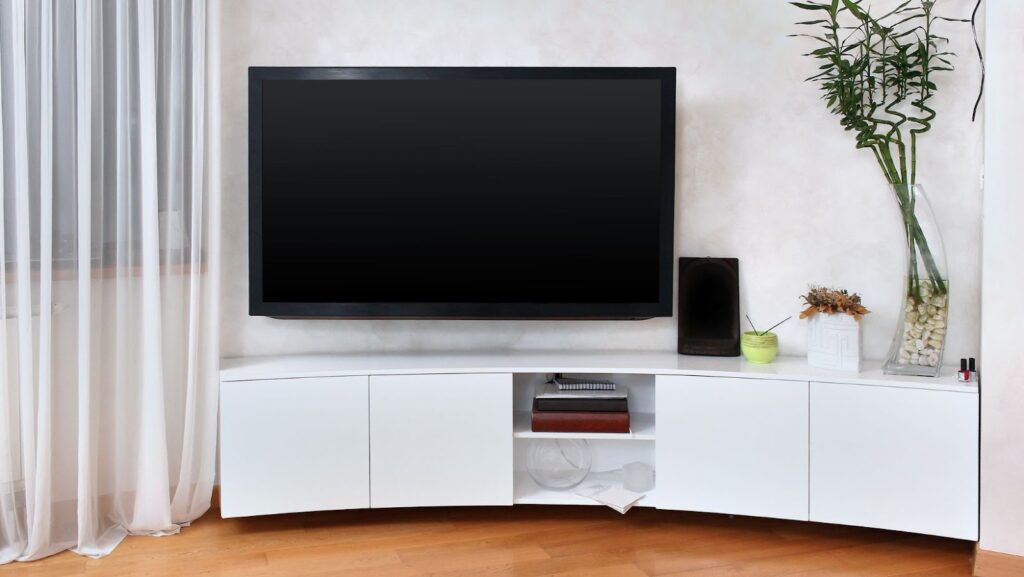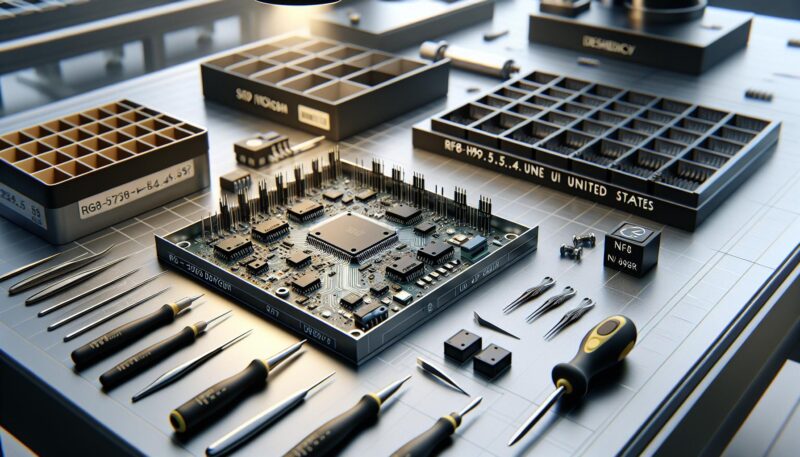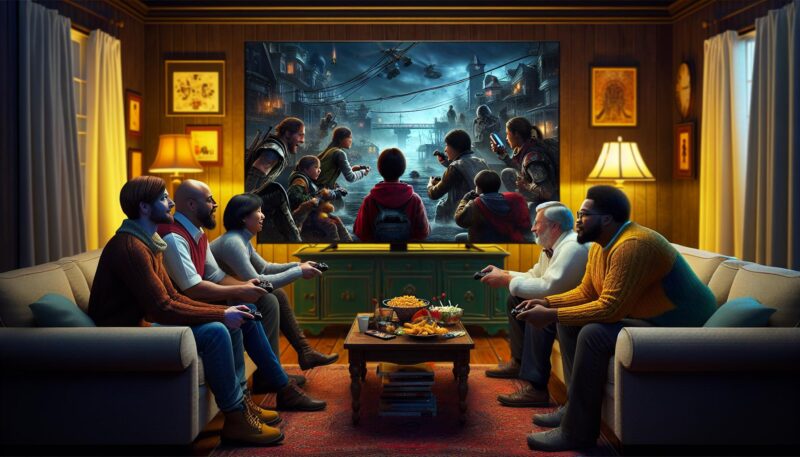
From their initial conception, television sets have only become slimmer as the decades have passed. With consumers being used to curved Cathode Ray Tube (CRT) and other clunkier forms of TV across the large portion of the century, the rise of flat-screen TVs ushered in a much sleeker design and better picture quality for home entertainment.
The First Flat-Screens
The first invention of the flat screen surprisingly dates as far back as the 1960s, when professors at the University of Illinois produced a flat-screen TV using plasma technology in 1964. This was more of a prototype as opposed to a commercial product, however, as it was used as a solution to solve issues with their computer graphics.
The first flat screens to be introduced commercially began in the late 1990s. Though because this technology was so modern, it was particularly expensive. The first flat-screen television set was priced at about $15,000 (£12,583), making flat screens largely inaccessible for the average consumer.
LCD TVs
TVs began to move away from plasma technology used in the early 2000s as flat-screen technology continued to develop. LCD (liquid crystal display) screens were favored instead, as these were capable of much better picture quality and allowed flat screens to be even lighter and thinner.

By the mid-2000s, flat screens had finally begun to decrease in price and were obtainable for $4,500 (£3,778). The reduction in price, popularity, and quality of flat-screen TVs has only improved throughout the 21st century into the crystal clear quality of TVs we know today.
The Modern Day Flat-Screen
With technology continually advancing, modern-day full HD TVs are only continuing to improve in picture quality and design. Within the past few years, LED (light-emitting diode) and OLED (organic light-emitting diode) displays have become favored over LCD displays due to further improved picture quality through better control over contrast.

The latest technology in television quality, 4K and 8K TV is becoming increasingly affordable, which means that clearer televisions are only going to become more accessible over time.












